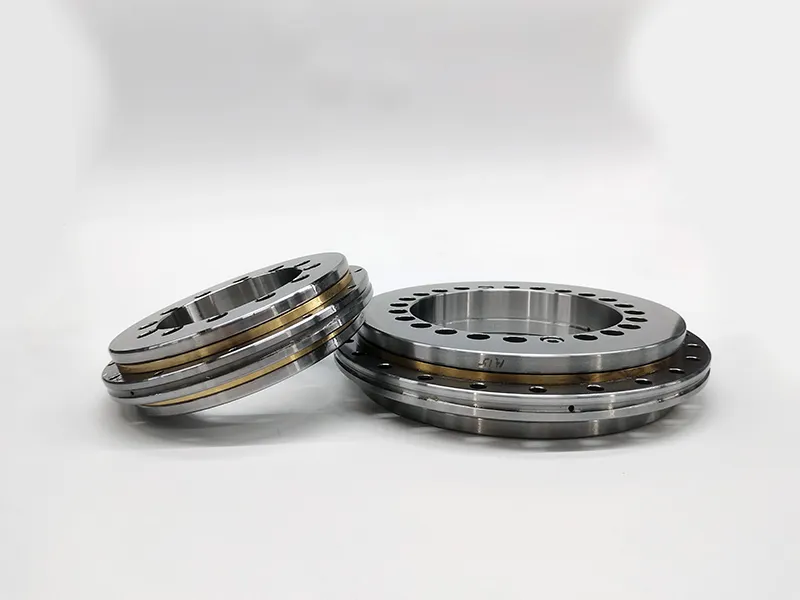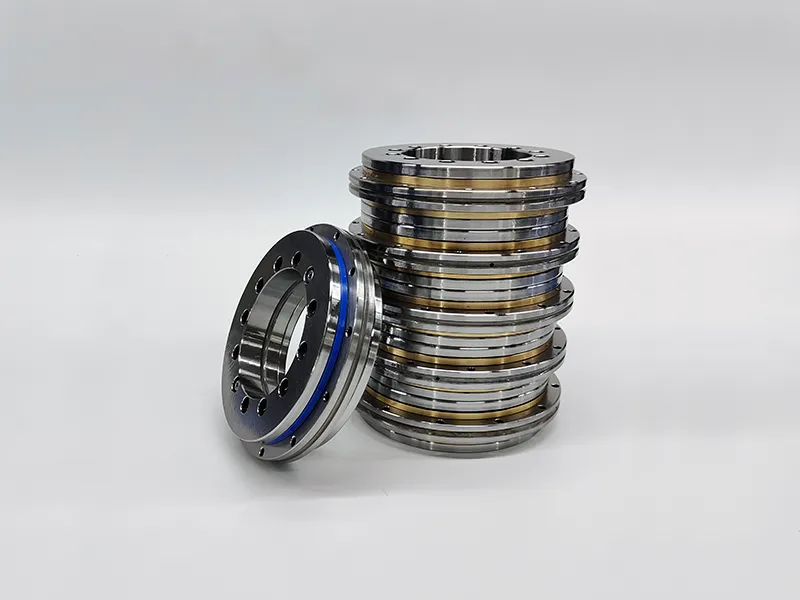Вращающиеся подшипники, в том числе шариковые подшипники и роликовые подшипники, пройти процессы термической обработки, чтобы улучшить их механические свойства и обеспечить оптимальную производительность. Процесс термообработки для вращающихся подшипников обычно включает в себя следующие ключевые этапы.
Роторный процесс термообработки подшипника

Отжиг (Размягчение)
Первоначальным шагом в процессе термообработки часто отжигает, который включает нагревание компонентов подшипника (кольца, ролики, и клетки) до определенной температуры, а затем медленно охлаждая их. Этот процесс снимает внутренние напряжения и смягчает материал, сделать его более подходящим для последующих операций обработки.
Нормализация
Нормализация - это процесс термообработки, который включает нагревание подшипников до температуры выше критического диапазона, За последующим воздушным охлаждением. Этот процесс уточняет зерновую структуру материала, Улучшение его механических свойств и однородности.
Тушение
Угашение - это критический шаг, который придает твердость подшипникам компоненты. Подшипники быстро охлаждаются, погрузив их в гашение среды, такие как масло или вода, Чтобы достичь желаемой твердости. Конкретный процесс гашения и среды зависят от типа подшипника и используемого материала.
Отпуск
После утоления, Подшипники могут быть смягчены, чтобы уменьшить хрупкость, возникающую в результате высокой твердости, достигнутой при гашении. Процесс отпуска включает в себя разогревание подшипников до более низкой температуры, а затем позволяет им медленно остыть. Это придает желаемый баланс между твердостью и прочности.

Поверхностное упрочнение (Необязательный)
В некоторых случаях, особенно для определенных типов подшипников, Поверхностные процессы, такие как индукционное упрочнение или упрочнение корпусов, могут быть использованы для увеличения твердости внешних поверхностей подшипника при сохранении более пластичного ядра.
…
Для получения более подробной информации о процессе термообработки вращающихся подшипников, пожалуйста, нажмите здесь: https://www.boyingbearing.com/en/a/news/rotary-bearing-heat-treatment-process.html

